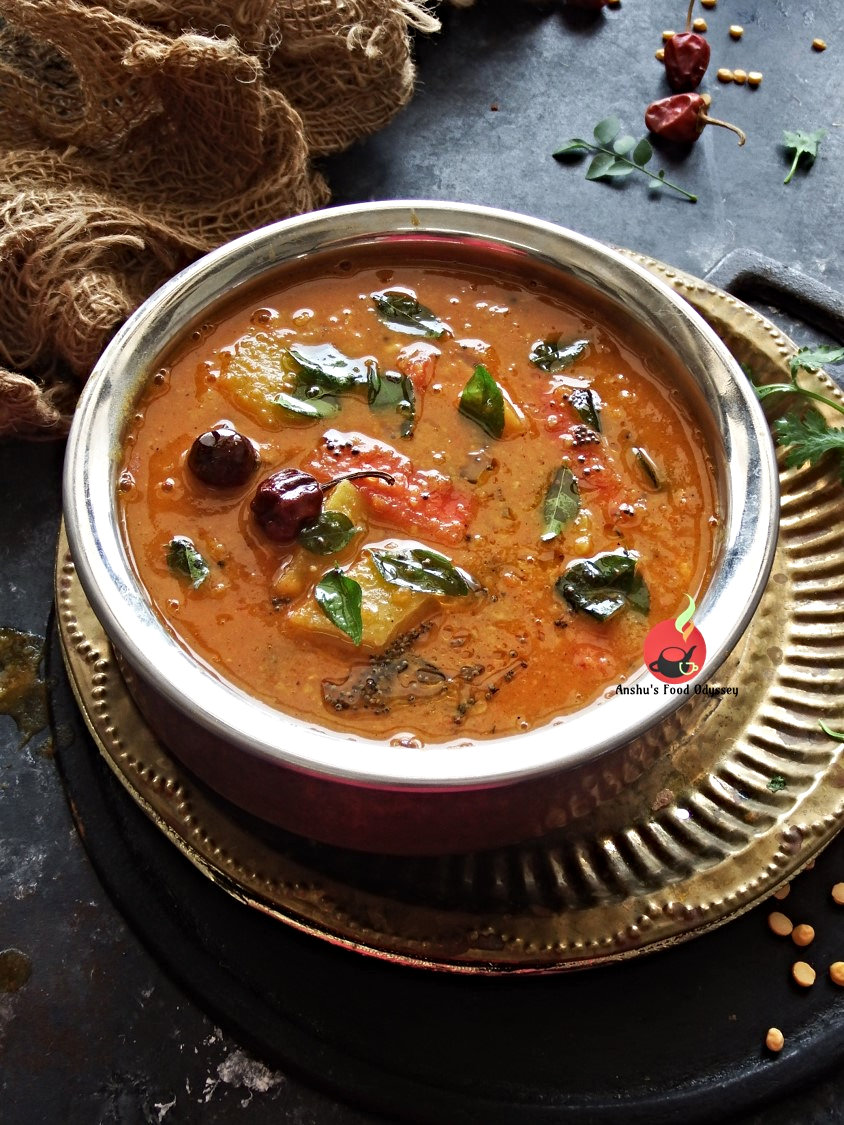South Indian Rice Idli Recipe | Steamed Rice Cakes
 |
| South Indian Rice Idli Recipe |
INGREDIENTS
- Idli Rice (or any short grain rice like sona masoori, ukda chawal or ponni rice) - 2 and 1/2 cups
- Dhuli urad dal (husked black gram lentils, preferably whole) - 1 cup
- Thick poha - 1/2 cup
- Fenugreek seeds - 2 tsp
- Salt - to taste
- Oil - to grease idli moulds
TOOLS NEEDED
- Measuring cups
- Spoons etc.
- Mixer-Grinder
- Idli Steamer
 |
| South Indian Rice Idli Recipe |
FEW TIPS FOR PERFECT AND PILLOWY SOFT IDLI
- Type of rice - For homemade idli batter, it is always recommended to use any variety of short grain par-boiled rice; ponni rice or sona masoori work very well. Never ever use basmati rice for making idlis. I generally use the Idli Rice, which is always easily available at the online grocery stores.
- Soaking of rice and dal - It is of utmost importance to soak rice and dal separately. This is because, while grinding the batter, we need the dal to be completely smooth and fluffy whereas rice a little coarse. If we soak both rice and dal together, getting the perfect texture of the batter would be difficult.
- Amount of water added while grinding the batter - While grinding the batter, do not shy away from adding water to it little by little. I use almost a cup of water while grinding a cup of soaked urad dal and almost a cup and half while grinding 2 cups of rice. Traditionally, a stone grinder is used for making idli and dosa batter, however, many a times people from North India like us, make use of normal mixer and grinder. Having said that, while using the mixer grinder, we need to ensure that the batter does not warm up. Therefore, using chille water while grinding the dal and rice is also always recommended.
- Use of fenugreek seeds - Fenugreek seeds help in better fermentation of the batter and hence, it is highly essential to add about a tsp of fenugreek seeds in the soaked urad dal.
- Use of poha - Poha is an optional ingredient, however, I always add it as it helps give the idlis a spongy texture.
- Proper fermentation of batter - A good, light and spongy idli essentially requires a warm weather for proper fermentation of the batter. For people like us living in India, the weather is mostly quite warm, and hence fermentation here is not a big deal. I just leave my batter at the kitchen counter for 8 to 10 hours and it is nicely done. However, if you are living in colder conditions (or even in India during winters), it is best to place the batter in a preheated oven with lights on. Many a people now-a-days also ferment their batter in Instant Pots as well. Now, how do you know whether your batter has properly fermented or not? Well, a good fermented batter would always double up in volume and would have a bubbly frothy layer on top with slight sour aroma. If you can see all these signs, that means your batter is perfectly fermented.
- Consistency of batter - The batter should be of flowing consistency; neither too thick, yet not too runny.
 |
| South Indian Rice Idli Recipe |
METHOD
- Start by thoroughly washing rice and urad lentils under running water until the water runs clear.
- Soak them separately in enough water for 6 to 8 hours.
- In the bowl of urad dal, also add fenugreek seeds.
- Once the lentils and rice have soaked, drain the water out of them.
- Just 15-20 minutes before beginning the grinding process, soak some poha too in enough water.
- Now using chilled water little at a time, first grind the dal and fenugreek seeds until smooth and fluffy. For 1 cup of urad dal, I used almost a cup of chilled water.
- Transfer the ground dal to a bowl.
- Now, again using little cold water at a time, grind the rice and poha together until just a little grainy in texture.
- Transfer this batter too to the bowl of ground dal.
- Using your hands, mix the two batters nicely.
- Cover the bowl with a lid and place it at a warm place to ferment for 10 to 12 hours, preferably overnight.
- Once the batter is perfectly fermented, you would see it double up in volume. Also, it will have a bubbly and frothy layer on top with a slight sour aroma.
- Grease your idli moulds and simultaneously, keep some water in the idli steamer to come to a boil.
- Add salt to the batter and give just a slight mix. Make sure you do not deflate air from the batter.
- Pour a ladleful of idli batter in each idli mould and place in the steamer to cook for 10 to 12 minutes.
- Once cooked, take them out and let them cool to room temperature before unmoulding.
- Serve with hot sambar and coconut chutney on the side.
 |
| South Indian Rice Idli Recipe |
Can't make now?? Pin here for later...








Fabulous ♥
ReplyDeleteThank you ❤️
DeleteThis comment has been removed by a blog administrator.
ReplyDelete